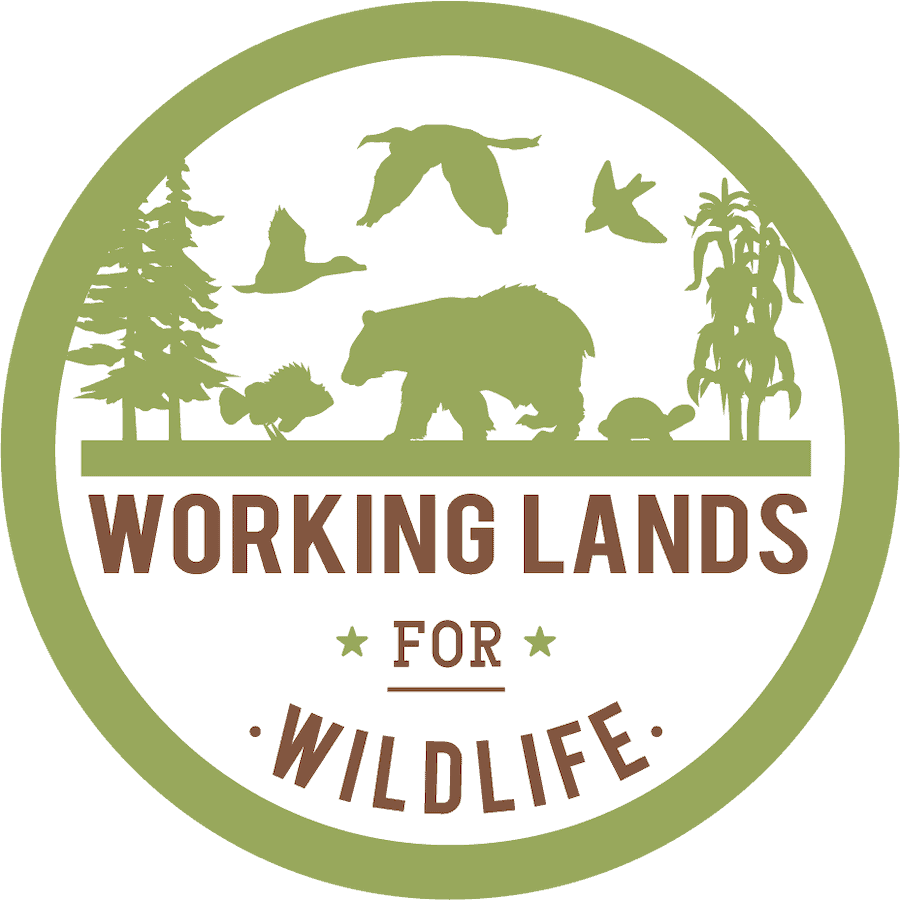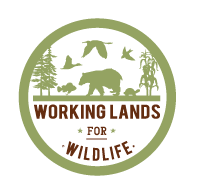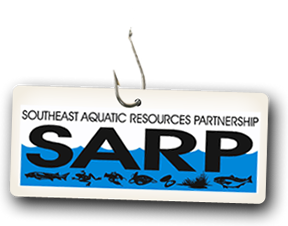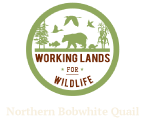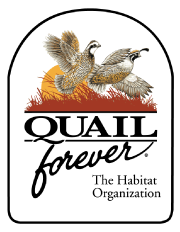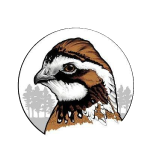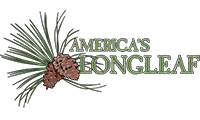Partners
Click the button on the right site to add an Organization. Include a logo plus 2-3 sentences on each major partner but don’t create new content if they are already in Landscape Partnership's Partner list. Organization must be tagged (Categorization tab) "Working Lands for Wildlife" to appear in this list.
U.S. Fish & Wildlife Service Partners for Wildlife Program
The Partners for Fish and Wildlife Act authorizes the Secretary of the Interior to provide technical and financial assistance to private landowners to restore, enhance, and manage private land to improve fish and wildlife habitats through the Partners for Fish and Wildlife Program.
U.S. Fish and Wildlife Service
The U.S. Fish and Wildlife Service (USFWS) is a bureau within the Department of the Interior. Our mission is to work with others to conserve, protect and enhance fish, wildlife and plants and their habitats for the continuing benefit of the American people. The Service manages the 150 million-acre National Wildlife Refuge System of more than 551 National Wildlife Refuges and thousands of small wetlands and other special management areas. Under the Fisheries program we also operate 70 National Fish Hatcheries, 65 fishery resource offices and 86 ecological services field stations.
U.S. Forest Service
Established in 1905, the Forest Service is an agency of the U.S. Department of Agriculture and manages public lands in national forests and grasslands. It is the largest forestry research organization in the world and provides technical and financial assistance to state and private forestry agencies. The job of Forest Service managers is to help people share and enjoy the forest, while conserving the environment for generations yet to come.
U.S. Geological Survey
The U. S Geological Survey (USGS) is a science organization that provides impartial information on the health of our ecosystems and environment, the natural hazards that threaten us, the natural resources we rely on, the impacts of climate and land-use change, and the core science systems that help us provide timely, relevant, and useable information. As the Nation's largest water, earth, and biological science and civilian mapping agency, the USGS collects, monitors, analyzes, and provides scientific understanding about natural resource conditions, issues, and problems.
University of Kentucky
The University of Kentucky is a public, land grant university dedicated to improving people's lives through excellence in education, research and creative work, service, and health care. As Kentucky's flagship institution, the University plays a critical leadership role by promoting diversity, inclusion, economic development, and human well-being.
USDA Natural Resources Conservation Service (NRCS)
NRCS helps America’s farmers, ranchers and forest landowners conserve the nation’s soil, water, air and other natural resources. All programs are voluntary and offer science-based solutions that benefit both the landowner and the environment.
USDA NRCS Working Lands for Wildlife
Through Working Lands for Wildlife (WLFW), USDA uses a win-win approach to systematically target conservation efforts to improve agricultural and forest productivity which enhance wildlife habitat on working landscapes. Target species are used as barometers for success because their habitat needs are representative of healthy, functioning ecosystems where conservation efforts benefit a much broader suite of species.
Virginia Department of Wildlife Resources (DWR)
The Department of Wildlife Resources (DWR) is responsible for the management of inland fisheries, wildlife, and recreational boating for the Commonwealth of Virginia. We are leading wildlife conservation and inspiring people to value the outdoors and their role in nature.
Wildlands Conservation
Wildlands Conservation’s mission is to conserve and manage wildlands. “Wildlands” is a 501(c)(3) nonprofit land trust and conservation organization comprised of ecologists, land managers, and educators dedicated to keeping our lands wild for wildlife, people, and future generations, forever.
Wildlife Conservation Society (WCS)
WCS saves wildlife and wild places worldwide through science, conservation action, education, and inspiring people to value nature.
Wildlife Management Institute
The Wildlife Management Institute (WMI) supports the wise use of wildlife, including regulated recreational hunting of designated populations. WMI endorses the proposition of game management, the concept of biological diversity, and principles of ecology. It recognizes that wildlife management must be a skillful blend of science and art in relation to dynamic human circumstances, values, and expectations. And the Wildlife Management Institute believes that wildlife not only reflects the continent's wealth but, in many respects, wildlife is that wealth.
Woodland Fish and Wildlife
The Woodland Fish and Wildlife Project is a cooperative effort between state and federal agencies and universities to provide information on fish and wildlife management to private woodland owners and managers.
Working Together for the New England Cottontail
Working Together for the New England Cottontail provides information for landowners, practitioners, and the public about the threatened New England Cottontail throughout Connecticut, Maine, Massachusetts, New Hampshire, New York, and Rhode Island.
Xerces Society
The Xerces Society for Invertebrate Conservation is an international nonprofit organization that protects the natural world through the conservation of invertebrates and their habitats. As a science-based organization, we both conduct our own research and rely upon the most up-to-date information to guide our conservation work. Our key program areas are: pollinator conservation, endangered species conservation, and reducing pesticide use and impacts.

